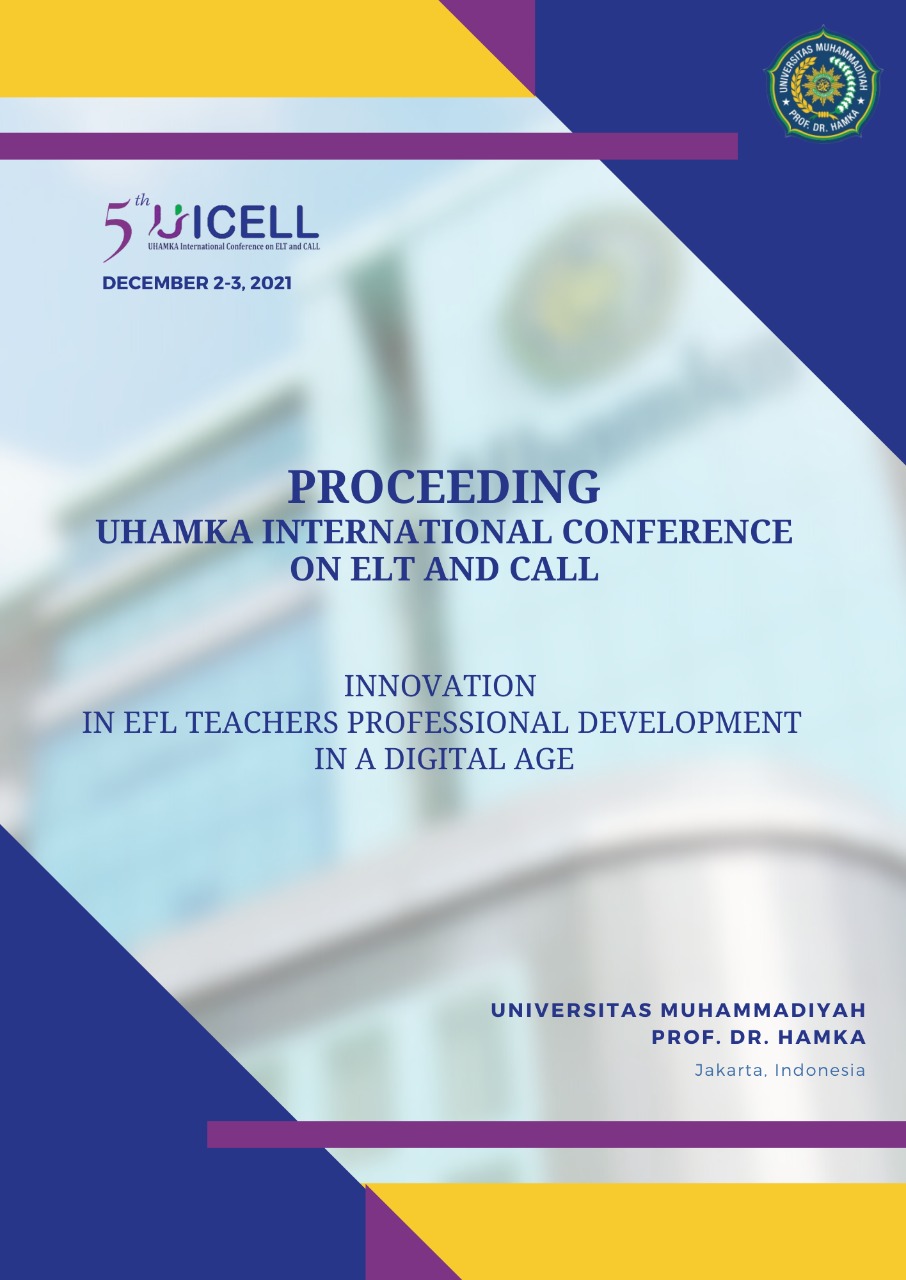PROGRAM EVALUATION ON TECHNOLOGY LITERACY IN ENGLISH CLASSROOM: NEEDS ANALYSIS
Abstract
Teachers in the 21st century must be capable of new literacy, such as digital literacy, technology literacy, and human literacy. There has been a lot of research done in this area, but this is one of the more recent studies that relates to technological literacy. This research will focus on the program evaluation of the use of technology literacy in English classrooms. The study aimed to determine whether technology literacy was used in the classrooms, to evaluate teachers' competence in the use of technology literacy, and to determine the students' needs in the use of computing applications in the English classroom. A needs analysis was used as the research methodology. To get the data, an observation sheet was obtained as the instrument. The questionnaires were adapted from Blended Learning Innovation for IRCC Settlement Language Training by Fahy et. al. (2016). The findings confirmed some facts. First, despite the challenges of technology literacy applied in the classroom, teachers felt the positive impacts on teaching and learning in the classroom. Second, in the use of technology applications, it has met some of the students' needs in learning English. Third, in terms of evaluation, the teacher did not meet enough qualifications as a qualified teacher to use technology in the classroom. As a result, it influenced the teaching-learning process, and they were unable to instruct successfully. The researcher proposed that the school hold a workshop or training for the teachers to improve their teaching skills using technology literacy. The researcher recommended further study on the integration of the technology literacy used in the English syllabus and the teaching materials.
Keynotes: technology literacy, program evaluation, needs analysis


